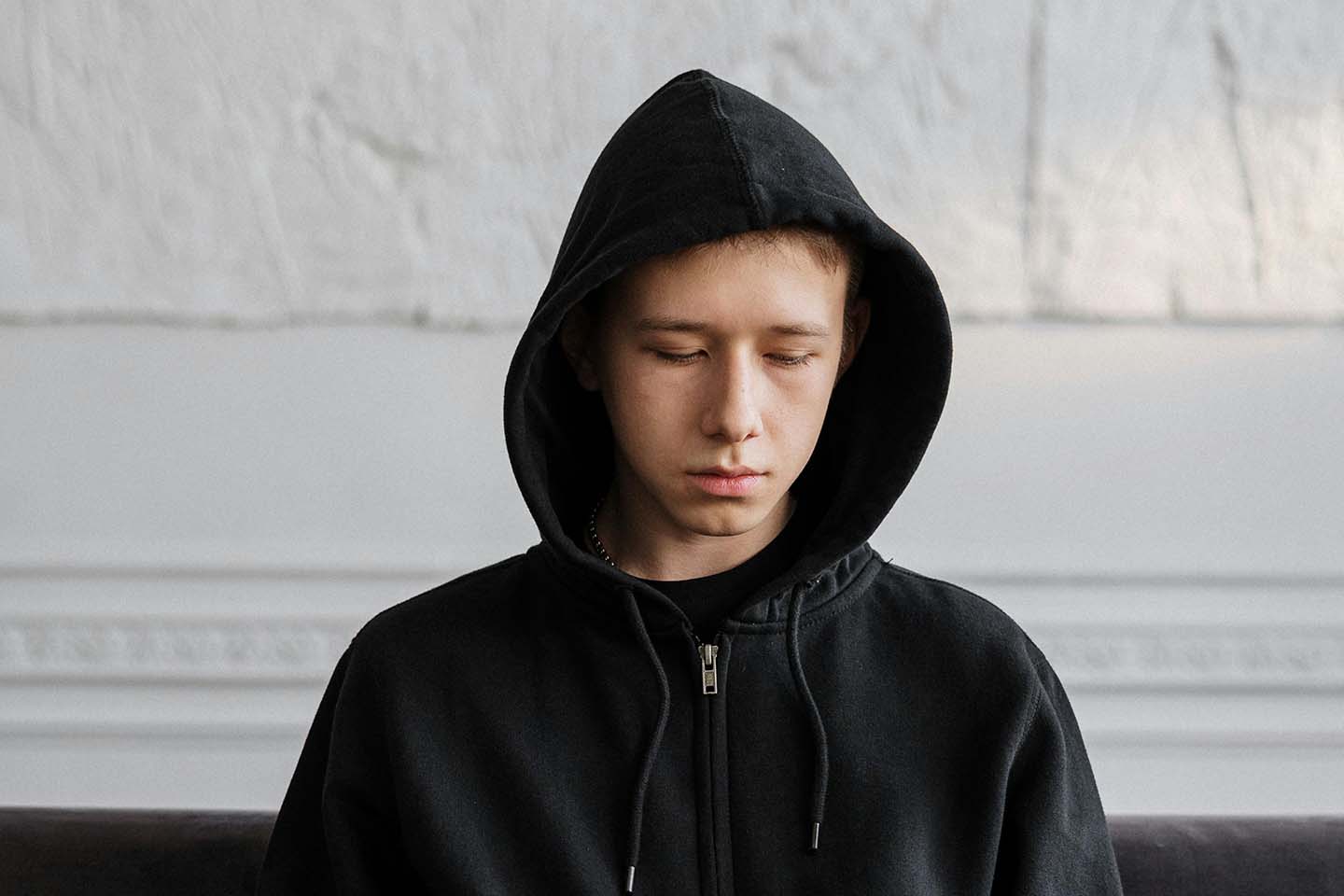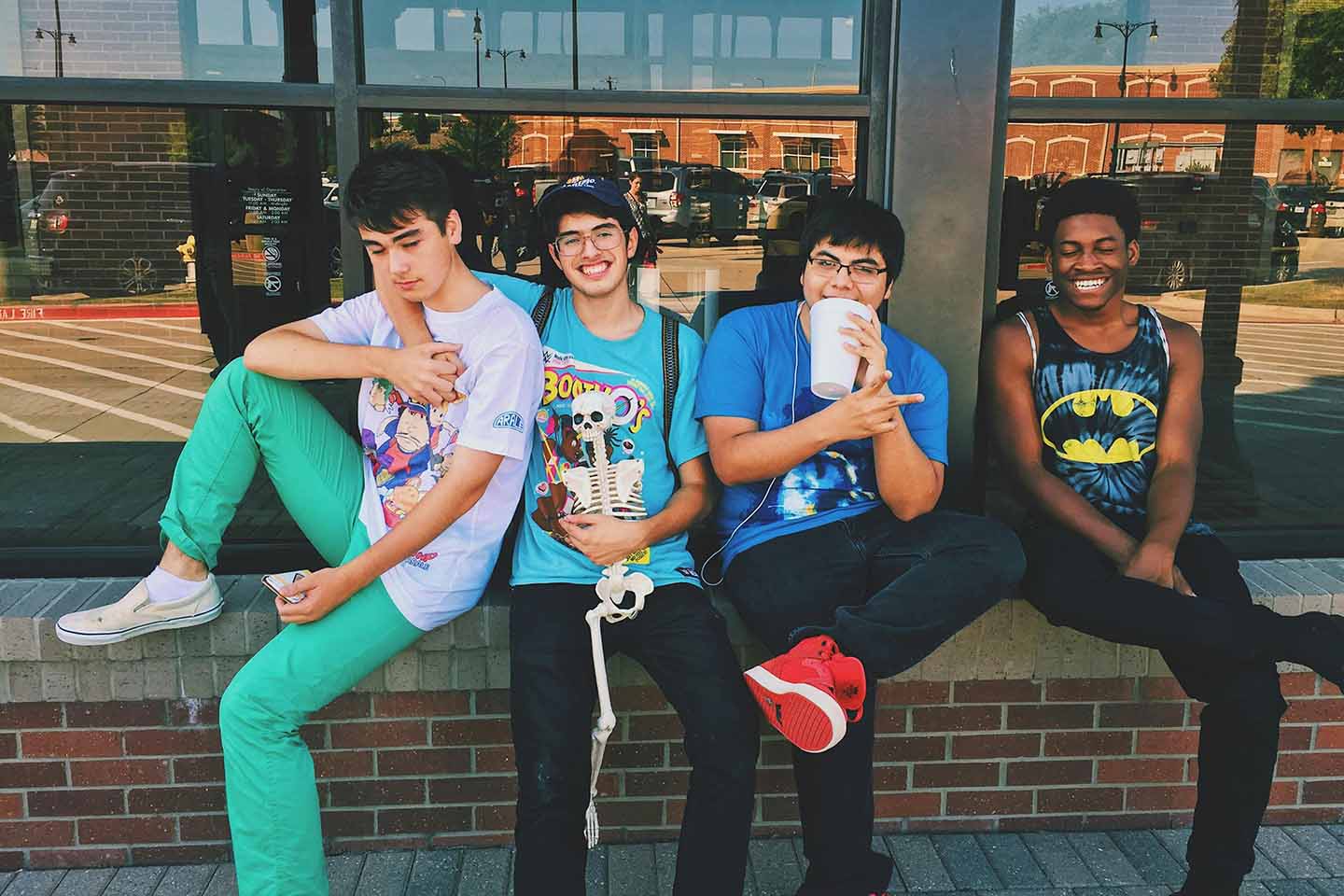
Vapes for Kids with No Nicotine: A Bigger Problem than You Might Think
Share
Are 0 nicotine vapes safe for kids? Nicotine free disposable vapes might seem like the safer option. No nicotine, no problem — right? Not so fast.
The truth is, nicotine-free vapes come with a lot of unknowns. While they might be a great tool for adults looking to quit smoking, we don’t have enough long-term research on nic-free vapes to label them as completely safe — especially when it comes to kids. Let’s break down why.
At a glance:
Why Are Kids So Drawn to Vaping?
It’s not hard to understand the appeal of nicotine free vapes. The devices are small, portable and flashy. They come in bright colors and sleek designs that scream “cool.” Pair that with enticing flavors that sound like they could have come from a candy wrapper and kids can’t help but be intrigued.
But there’s another layer to it. For a lot of kids, vaping feels low-risk, especially when nicotine isn’t involved. It’s marketed as trendy and fun, not as a dangerous habit like smoking cigarettes (ask anyone “is vaping better than smoking?” and you’re likely to get a “yes”). Add in peer pressure and rising mental health concerns among teens, and you’ve got a recipe for trouble.
And let’s not dismiss the marketing behind vape devices. The way vaping is marketed plays a massive role in its appeal to kids. From candy-inspired flavors to social media campaigns, some vape companies use tactics blatantly designed to hook younger audiences. Some packaging even resembles popular snack or candy brands, blurring the line between harmless fun and serious risk.
Thanks to influencers, social media trends and a general “vape everywhere” vibe, vaping has become hard for kids to resist but there are many reasons why they should.
The Hidden Dangers of Nicotine Free Vapes for Kids
So, what’s the harm? Plenty. Just because a vape is nicotine-free doesn’t make it safe for kids. Here are three key reasons why even nicotine free vapes don't belong in the hands of anyone under 21 (see how old do you have to be to buy a vape without nicotine for more on age regulations).
Chemical Exposure
When kids vape, they’re not inhaling harmless water vapor. Zero nicotine vapes may contain chemicals that harm young lungs, which can be more sensitive than those of adults. Chemicals like propylene glycol and vegetable glycerin are common ingredients in nicotine-free vapes but they can irritate the lungs and airways.
Uncertain Long-Term Effects
Let’s be real: vaping hasn’t been around long enough for us to know its full impact, especially on kids. What we do know is that children and teens are still growing. Their lungs, brains and bodies are developing, making them more vulnerable to potential harm.
Lack of Regulation
Nicotine-free vapes are largely unregulated. That means manufacturers don’t have to follow strict safety standards. There’s no guarantee about what’s actually in those fruity-flavored clouds — or what kids are inhaling. Even adults should be wary of this and make sure to scrutinize the ingredient list when buying a new vape.
Even if you were to buy a “clean” vape from a reputable brand, nicotine-free vapes are still habit forming. Let’s get into why this is such a danger for teens:
Why Normalizing Vaping Among Kids is a Problem

Even if a vape doesn’t contain nicotine, the act of vaping itself is problematic for kids. Let’s talk about why normalizing this behavior can set them up for bigger issues down the road.
Habit Formation
Vaping is repetitive. Puff, inhale, exhale. Over time, this ritual can become a habit, much like biting your nails or snacking when you're bored. Once kids associate vaping with relaxation or socializing, it becomes a go-to behavior — and that’s hard to break. Habits formed in childhood often stick. A teenager who starts vaping today might struggle with other addictive behaviors down the line.
Gateway to Riskier Choices
One of the scariest things about nicotine-free vapes for kids is their potential as a “gateway” product. Once a kid is comfortable with the act of vaping, trying nicotine or even cigarettes feels like a much smaller step. Research backs this up. A 2017 study showed that kids who experiment with vaping are significantly more likely to pick up smoking later on. And once nicotine enters the picture, breaking free from addiction becomes a steep uphill battle.
What are the Risks to Kids Beyond Nicotine?
Let’s take a closer look at the ingredients in those enticing vape clouds. Here’s a breakdown of what kids might be inhaling:
- Propylene Glycol & Vegetable Glycerin: Common in vaping e-liquids, these chemicals can irritate the lungs when inhaled.
- Flavoring Chemicals: While they make the vape taste like dessert, some have been linked to lung damage and other health issues.
- Heavy Metals: Lead, nickel and tin can leach from the device’s heating elements and end up in the aerosol.
The problem? Without strict regulations, there’s no way to know how much of these harmful substances kids might be inhaling when they vape.
What Can We Do About It?

As adults, there are several things we can do to keep kids from trying, and getting hooked on, vaping. Here are a couple simple things you can do.
Talk to your kids: Left to their own devices, and for many of the reasons mentioned above, the way vapes are marketed and packaged can suggest to kids that they're harmless. It's up to adults to explain why it’s not harmless, even without nicotine. The goal isn’t to scare anyone — it’s to educate them.
Encourage positive outlets instead: Kids need ways to channel their energy and creativity. Sports, art, music and hobbies can all provide healthy alternatives to risky behaviors like vaping. When kids feel engaged with other, healthy activities, they’re less likely to reach for a vape.
Final Thoughts: Education Matters

At first glance, nicotine-free vapes might seem like a harmless alternative to smoking. But the reality is much more complicated. From chemical exposure to habit formation and the risk of normalizing dangerous behaviors, these devices come with hidden dangers we can’t ignore.
Instead of looking for “safer” vape options, focus instead on education and prevention. By educating kids and promoting healthier alternatives, adults can make a real difference.
